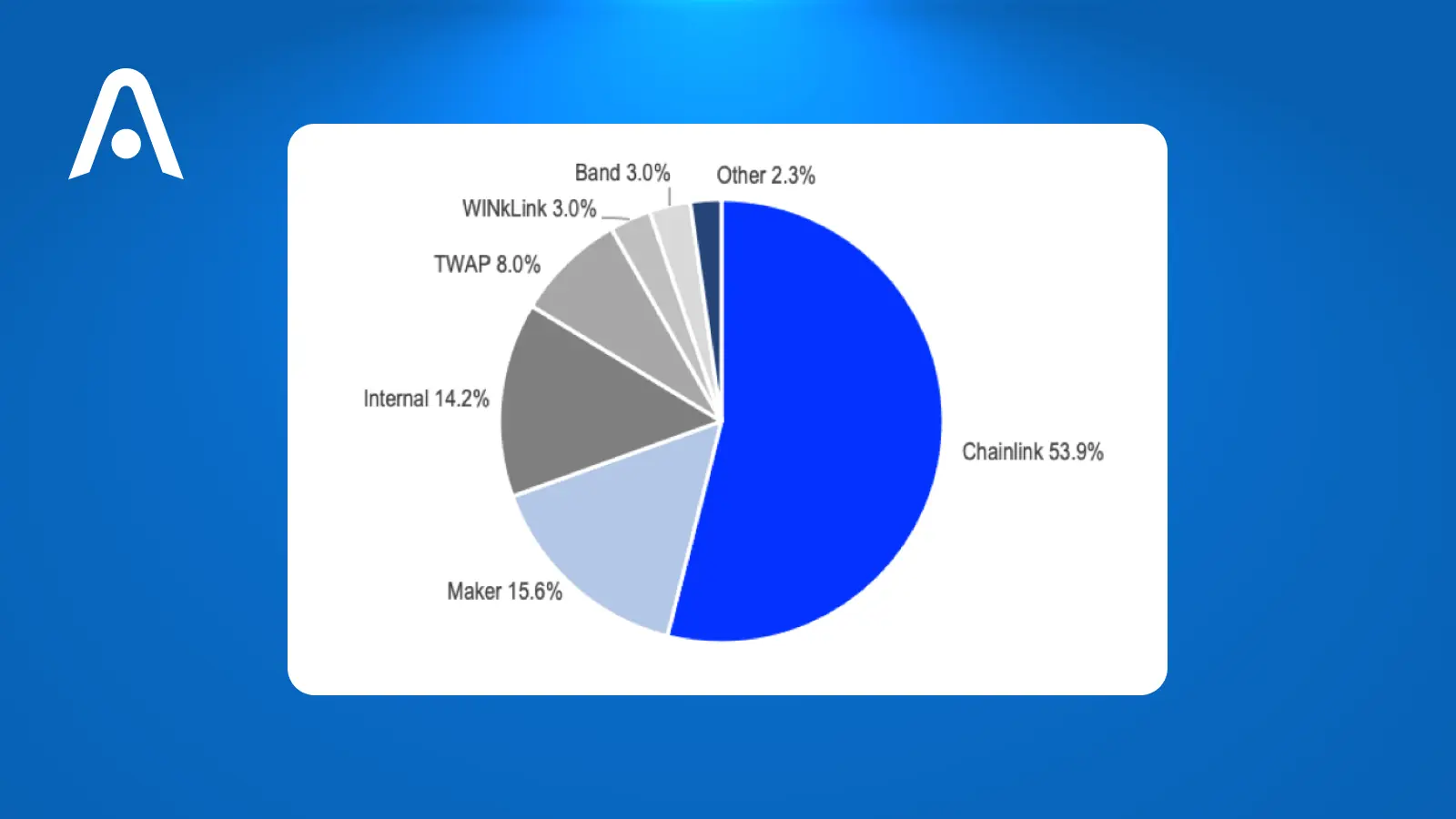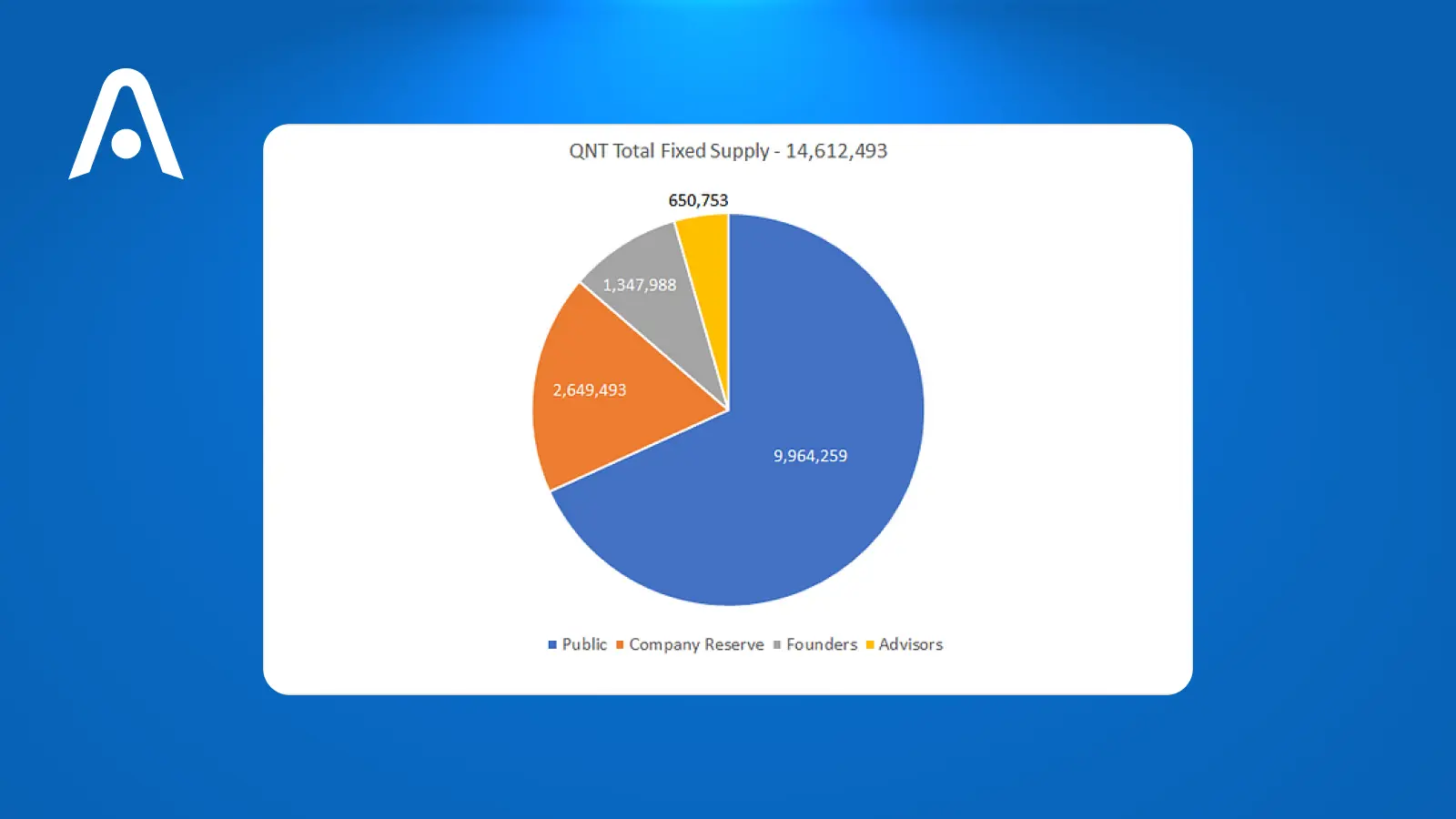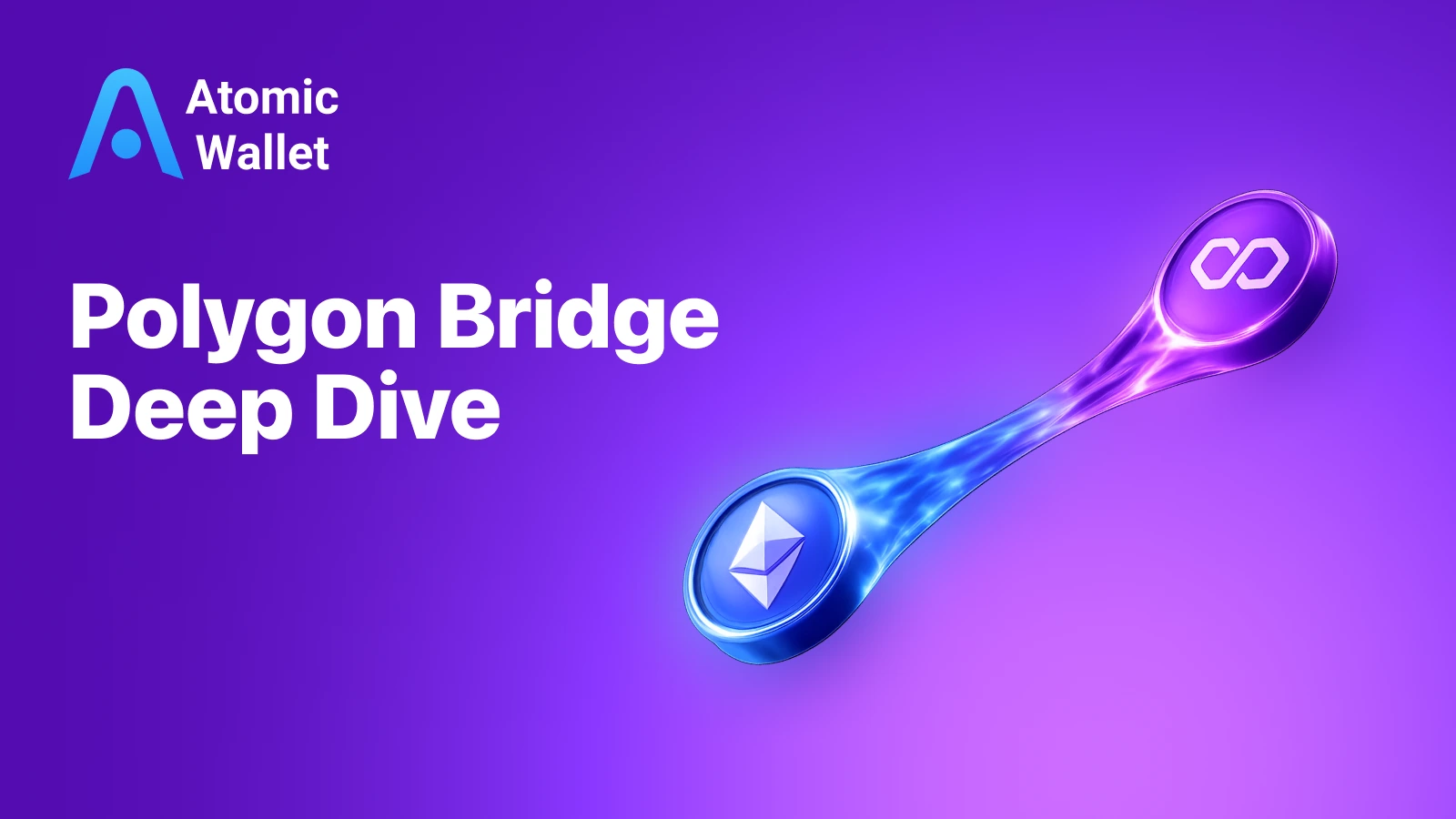Assets

Exchange

Buy Crypto




Chainlink and Quant have become two of the most influential interoperability projects in crypto — but they approach the problem from opposite directions. Chainlink is the backbone of Web3 data, powering DeFi, RWAs, and cross-chain messaging through CCIP. Quant, meanwhile, is a bridge for banks, fintechs, enterprises, and governments entering blockchain via a regulated, API-driven architecture.
As real-world assets, institutional settlement networks, and CBDC pilots expand, these two ecosystems are increasingly mentioned together. Not because они конкурируют напрямую, а потому что каждый претендует на статус «инфраструктуры по умолчанию» — в своей отрасли.
Chainlink is a decentralized oracle and interoperability network designed to connect blockchains with real-world data, off-chain systems, and each other. It underpins much of DeFi’s security today — powering price feeds, proofs of reserves, RWA data streams, automation, and now cross-chain messaging through CCIP.
In 2024–2025, Chainlink shifted from being “just oracles” to becoming a unified connectivity layer for smart contracts, enabling institutions, exchanges, and blockchains to move assets and data securely across networks.
Quant is an enterprise interoperability platform built around Overledger — a network-agnostic operating system that lets banks, fintechs, and institutions connect to multiple blockchains through simple APIs. Instead of using decentralized oracle networks, Quant focuses on compliant, infrastructure-grade messaging tailored for regulated environments.
Its approach is closer to a financial “integration layer” than a blockchain network. Overledger allows organizations to plug into public and permissioned chains without rewriting systems, making QNT a licensing + access token rather than a typical utility token.
Chainlink operates through decentralized oracle networks where independent nodes fetch, verify, and deliver data or messages to smart contracts. This architecture is built for trust minimization, transparency, and global DeFi-scale workloads. It prioritizes security guarantees and deterministic outputs.
Quant uses a fundamentally different model: an API-driven messaging layer backed by gateways and Overledger components. It doesn’t provide decentralized data aggregation — instead, it offers a standardized way for enterprises to interact with multiple chains while maintaining existing compliance requirements.
Key differences include:
– Chainlink relies on distributed oracle nodes for computation and messaging.
– Quant relies on enterprise gateways and API routing.
– Chainlink is tailored for smart contracts; Quant is tailored for enterprise systems.
– CCIP emphasizes decentralization; Overledger emphasizes interoperability with regulated networks.
Chainlink powers the data and messaging infrastructure behind most of today’s decentralized finance. Its oracle networks secure price feeds, automate on-chain execution, enable cross-chain communication through CCIP, and support real-world assets that depend on verified off-chain inputs. The design is modular and composable, allowing developers to plug in services directly into smart contracts.
Quant focuses on regulated financial systems — banks, payment networks, CBDC pilots, and enterprise-grade interoperability. Rather than supplying data, it supplies a standards-based way for traditional institutions to connect to blockchains without abandoning their existing tech stacks.
Chainlink primary use cases:
– Price feeds and market data
– Automation and verifiable computation
– CCIP cross-chain messaging
– RWA pricing and proof-of-reserves
Quant primary use cases:
– CBDC and bank settlement layers
– Interoperability for permissioned networks
– Enterprise integrations via Overledger APIs
– Regulated payment flows across multiple chains
LINK is used inside Chainlink’s decentralized oracle networks to pay node operators, incentivize data quality, and secure services such as price feeds, VRF, and CCIP. Its utility grows as more protocols consume Chainlink services and as more feeds and networks require economic security.

QNT works differently: it acts as a license and access token for institutions using Overledger. Enterprises must lock QNT to run gateways or access Overledger functionality, creating a demand model tied to institutional adoption rather than retail DeFi usage.

Key differences:
– LINK: payment + security token for decentralized networks
– QNT: access token for enterprise gateways
– LINK demand scales with DeFi activity
– QNT demand scales with enterprise integrations
Chainlink has the widest adoption footprint in Web3. Thousands of dApps across major ecosystems — Ethereum, Arbitrum, Avalanche, Base, Polygon, BNB Chain, and more — rely on its price feeds and automation. CCIP has already been integrated by major players like SWIFT, ANZ, Vodafone, and dozens of cross-chain projects testing standardized messaging.
Quant’s adoption is concentrated in the enterprise and public-sector world. Overledger is used in CBDC pilots, regulated financial networks, and partnerships with institutions experimenting with tokenized money and cross-border settlement. While integrations are fewer, each one represents high-value institutional usage.
Chainlink traction includes:
– DeFi protocols (Aave, Synthetix, GMX, Curve)
– RWA issuers and proof-of-reserves partners
– Cross-chain infrastructure via CCIP
Quant traction includes:
– CBDC pilots and regulated payment networks
– Enterprise blockchain integrations
– Banks exploring tokenized settlement
Both projects excel in their domains, but for different reasons.
Chainlink strengths:
– Largest oracle network and DeFi integration base
– Mature infrastructure used across all major chains
– CCIP becoming a cross-chain standard
– Strong real-world adoption via proof-of-reserves
Chainlink limitations:
– Highly tied to DeFi market cycles
– Competition from in-protocol oracles in some L1s
– Scaling CCIP globally is complex
Quant strengths:
– Enterprise-first, compliance-ready architecture
– Overledger integrates without ripping out legacy systems
– Strong alignment with CBDCs and regulated use cases
– Clear value proposition for banks and fintechs
Quant limitations:
– Less visible usage in the public crypto ecosystem
– Closed-source elements reduce transparency for some users
– Adoption depends on slow-moving institutions
Chainlink and Quant aren’t actually fighting for the same territory — they operate in parallel lanes. Chainlink aims to be the core data and interoperability layer for Web3, powering decentralized applications and cross-chain liquidity. Quant targets governments, banks, and large enterprises that need compliant, secure interoperability without adopting crypto-native tooling. Both ecosystems can scale simultaneously because they solve different problems for completely different customers.
If you’re active in DeFi, hold tokens across multiple chains, or build dApps, Chainlink aligns naturally — its feeds, automation, and CCIP touch nearly every part of modern on-chain infrastructure. For enterprise-focused users, long-term adoption plays, and those tracking CBDC or institutional blockchain growth, Quant offers a cleaner fit. Traders may watch LINK for ecosystem-driven catalysts, while long-term investors may consider QNT for institutional network effects.
If you hold LINK or QNT, keeping them in self-custody is the safest long-term option.
Atomic Wallet lets you store both assets securely, swap between major tokens, and manage your broader portfolio without relying on centralized exchanges.
LINK holders can also access staking opportunities as they roll out, while QNT fits seamlessly into a protected, non-custodial environment — no KYC, no intermediaries, full control of your keys.

Learn how Polygon Bridge works and move Polygon crypto like USDC Polygon between Ethereum and Polygon step by step.